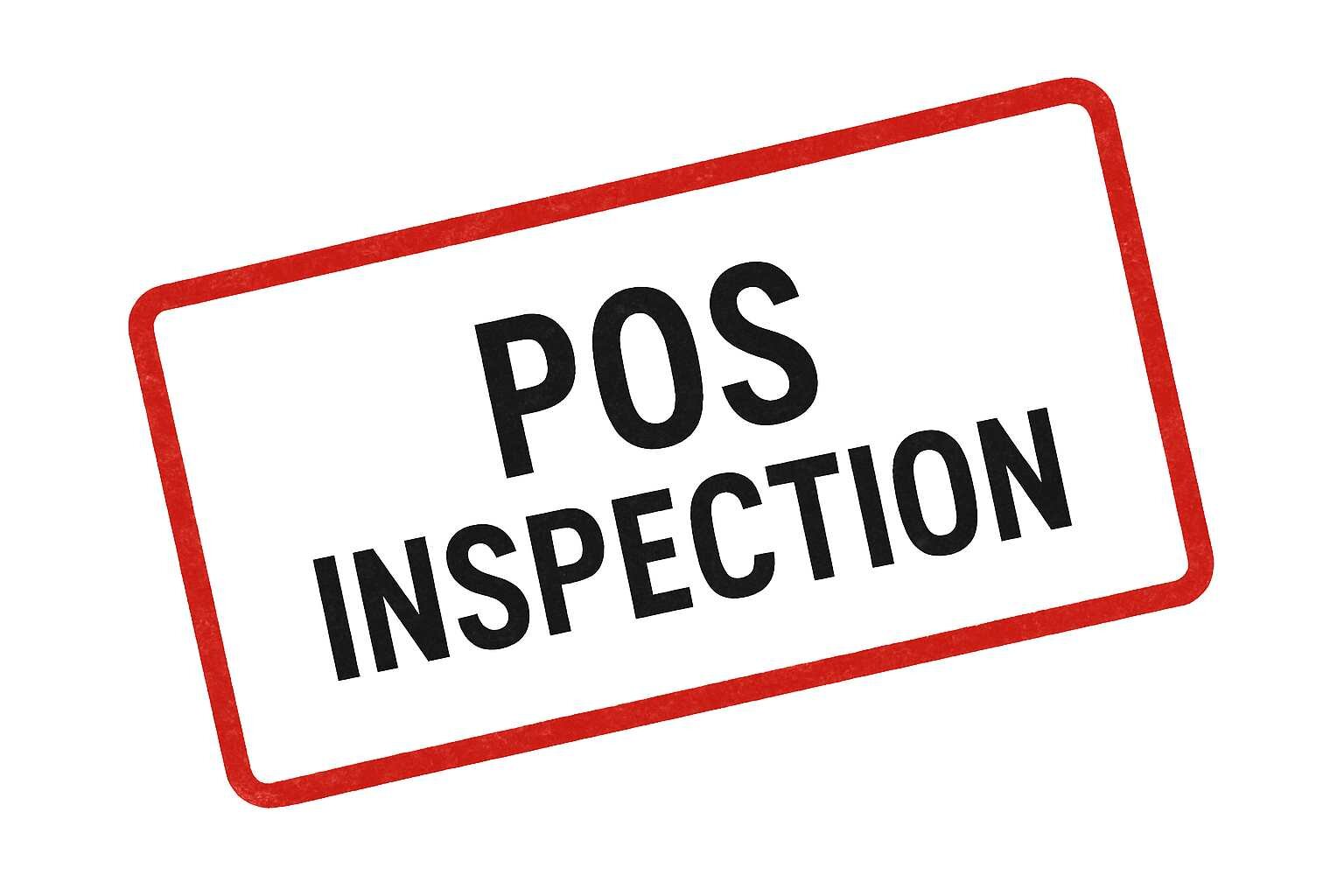Point-of-Sale (POS) Inspections in the Cleveland Area

Point-of-Sale (POS) Inspections are a common requirement in Cuyahoga County. They are found mostly in the eastern suburbs of Cleveland. If you are preparing to sell a home, you should check your city’s building department’s website or call them directly to learn if a POS is a requirement of your city. When required, the POS inspection is required before a property can legally transfer to a new owner.
Because these inspections often come with repair requirements, they can add both cost and complexity to a real estate transaction. Understanding how the POS process works—and how to handle violations—can make the difference between a smooth sale and a frustrating delay.
This guide breaks down everything you need to know about Ohio point-of-sale inspections, including:
- What a POS inspection is and why cities require it
- How the inspection process works from start to finish
- Common repairs inspectors cite
- Options for sellers dealing with violations
- Tips for scheduling and responding to your inspection
What Is a Point-of-Sale Inspection in Ohio?

A point-of-sale inspection is a city-mandated evaluation of a property, required before it can be sold. Depending on the city, the inspection may be performed by:
- A municipal building inspector, or
- A third-party company contracted by the city (for example, SAFEbuilt).
Some cities limit POS inspections to exterior items only, while others also include a full interior inspection. Some city’s require if a third party assumes the repairs, that the funds be placed in escrow to only be released once the repairs are made.
The purpose is to identify repair and safety issues—anything from damaged siding to cracked sidewalks or outdated electrical panels. After the inspection, the city issues a POS report detailing violations, along with a deadline to complete the repairs (often 30–90 days).
Seller vs. Buyer Responsibility
A property cannot transfer ownership until:
- The seller completes all listed repairs, or
- The buyer agrees—in writing—to assume responsibility for the violations.
This second option is often the lifeline for sellers who lack the time or resources to tackle repairs themselves. Experienced investors (like our team) frequently assume 100% of POS violations, relieving sellers of the expense and hassle of working with contractors and permits.
Common Repairs Required by Ohio POS Inspections
While every inspector (and city) has different priorities, some violations appear on reports again and again. Based on dozens of inspections across Greater Cleveland, here are 15 of the most common POS repair requirements:
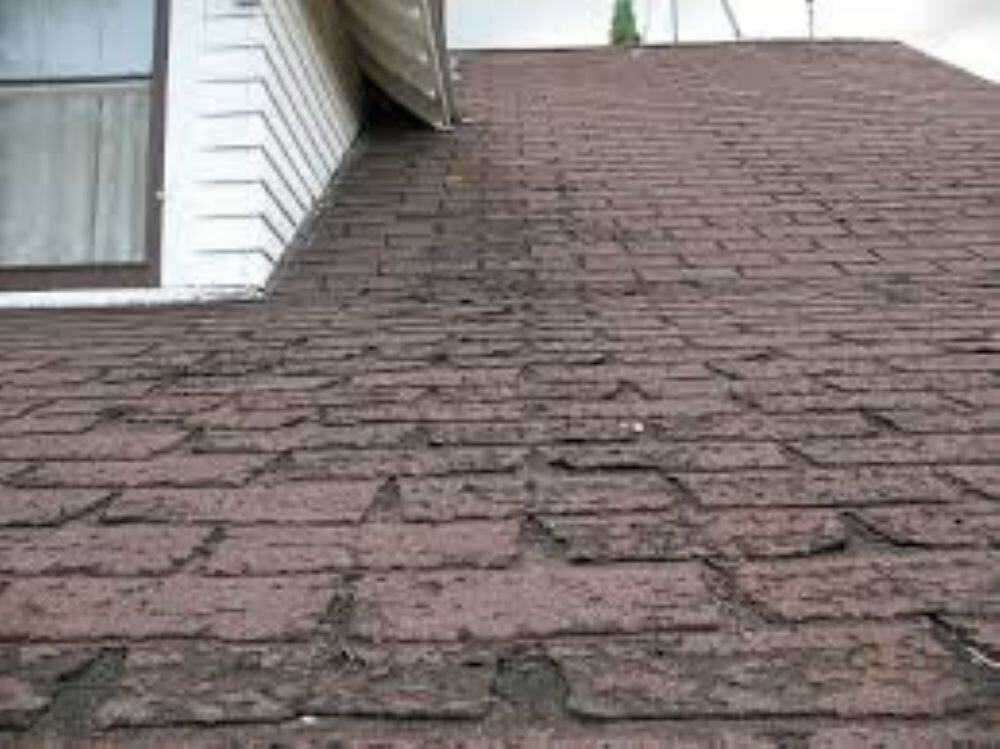
- Repair or replace damaged siding
- Trim trees, bushes, and weeds away from the home and garage
- Replace deteriorated driveways and garage aprons (concrete or asphalt)
- Replace cracked sidewalk blocks (many cities hold homeowners responsible for public sidewalks)
- Scrape and repaint peeling interior or exterior paint
- Repair or replace gutters and downspouts
- Tuckpoint missing mortar or crumbling masonry (chimneys, porches, steps)
- Replace torn or missing window screens
- Stain or repaint decks
- Install smoke and carbon monoxide detectors
- Verify functionality of outdated electrical panels or fuse boxes
- Install GFCI outlets in garages and other wet areas
- Fix loose or unstable railings
- Seal furnace and water heater connections into chimney flues
- Repair or replace leaking or worn roofs
⚠️ Important: Many repairs require permits. Your city may require a licensed contractor to pull the permit on your behalf.
How to Schedule and Prepare for a Point-of-Sale Inspection
Step 1: Confirm if Your City Requires POS

Not every city in Northeast Ohio mandates a point-of-sale inspection. For example, Beachwood, Berea, Aurora, and Chagrin Falls currently do not. On the other hand, cities like Cleveland Heights, University Heights, Lakewood, Shaker Heights, and Brook Park all require them.
When in doubt, check your city’s website or call the building department.
Step 2: Handle Easy Repairs First
Before scheduling, take care of obvious issues—overgrown landscaping, peeling paint, dirty siding, or minor cracks. Shortening the violation list can make your home more appealing and reduce escrow requirements.
Step 3: Schedule Early
Don’t wait until you’re under contract to order your POS inspection. Most buyers will want to see the report before making an offer. If the report is too severe, buyers may either walk away or demand a steep price cut.
Inspections typically cost $50–$200, and reports arrive within 5–10 business days.
Step 4: Be Present During the Inspection
Whenever possible, attend the inspection. Friendly communication may help clarify violations, negotiate alternatives, or reduce unnecessary repair demands.
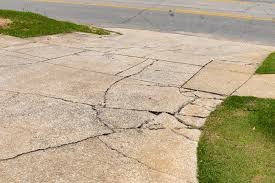
Options for Selling a House with POS Violations in Ohio
Once you receive the report, you generally have three paths forward:
- Seller completes all repairs
- Homes advertised as “POS violation free” often sell faster and at higher prices.
- Seller sells “as-is,” buyer assumes violations
- Common with investors or buyers willing to handle repairs.
- Expect price negotiations if repairs are significant.
- Seller and buyer split repairs or negotiate credits
- The seller may fix select items while the buyer assumes the rest.
- Alternatively, the seller can offer a credit at closing to offset repair costs.
Step-by-Step: How the POS Process Works in Greater Cleveland
Here’s a quick summary of how the Ohio POS inspection process typically unfolds:
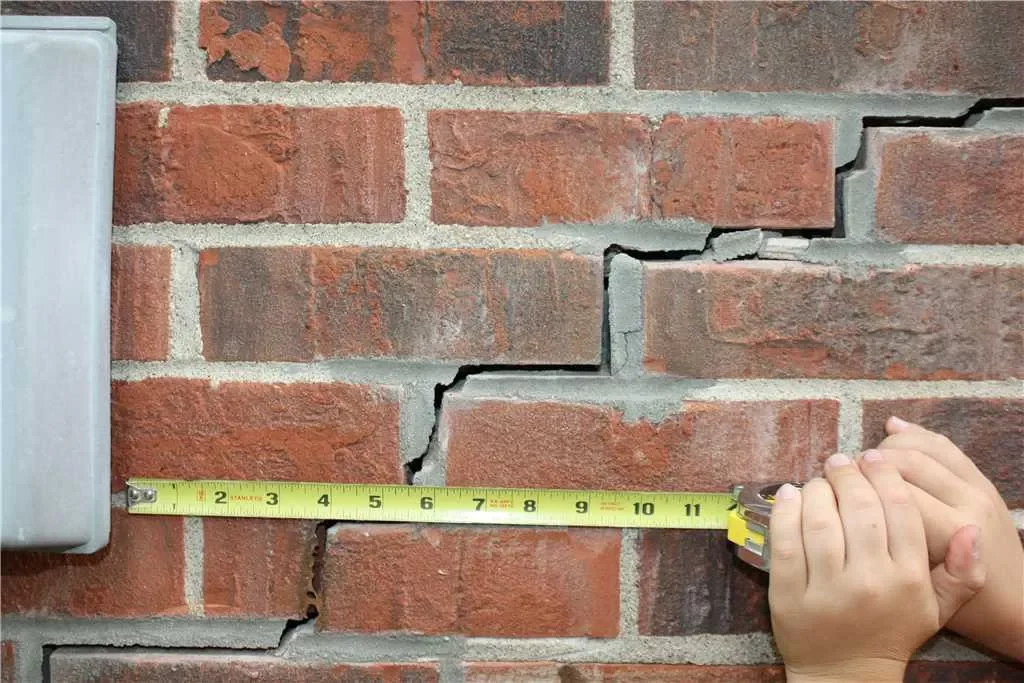
- City requires a POS inspection prior to transfer
- Seller (or buyer) schedules inspection and pays the fee
- Inspector provides written report of violations
- Seller either:
- Completes all repairs, or
- Has buyer sign a POS Assumption Agreement
- If required by your city, it issues an Escrow Request Letter requiring funds be held until repairs are completed
- Escrow company confirms funds are withheld
- City issues a Transfer Release
- Buyer completes repairs
- Title legally transfers
- City re-inspects and releases escrow funds (if allowed)
⚠️ Note: In many cities, escrow funds cannot be used to pay for repairs—they’re only released after all work is completed. This can create financial strain for some buyers, making investor offers especially attractive.
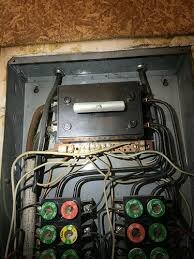
Tips for Scheduling and Responding to Your Inspection:
When scheduling your Ohio point-of-sale inspection, book it early in the selling process so buyers have the report upfront and there are no surprises during negotiations. Take care of simple fixes—like trimming bushes, scraping peeling paint, or cleaning siding—before the inspection to help shorten the violation list. On inspection day, it’s smart to be present, since you can ask questions, clarify unclear items, and even negotiate alternatives with the inspector. Once you receive the POS report, respond quickly by either completing the repairs, offering buyer credits, or having the buyer assume violations—delays can add stress and slow down your sale.
Final Thoughts
The point-of-sale inspection process in Greater Cleveland is complex, inconsistent, and often expensive. Whether you’re in Shaker Heights, Lakewood, Cleveland Heights, or any of the surrounding suburbs, being proactive is key.
If completing repairs isn’t an option, selling to an experienced buyer who will assume all POS violations can save you time, stress, and money.
👉 Interested in selling your Cleveland-area property with point-of-sale violations? Call us today at (440) 973-6024.
Disclaimer: This article is for informational purposes only and does not constitute legal or financial advice.
